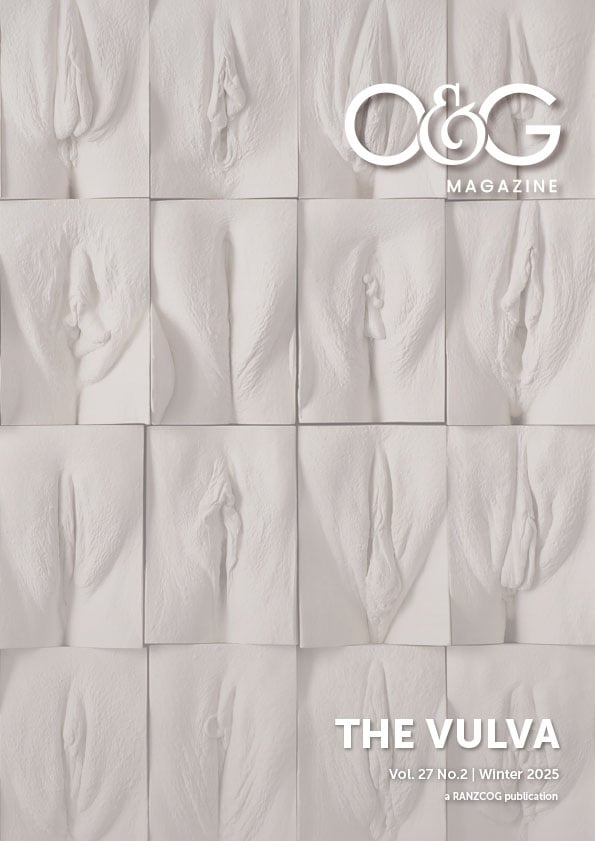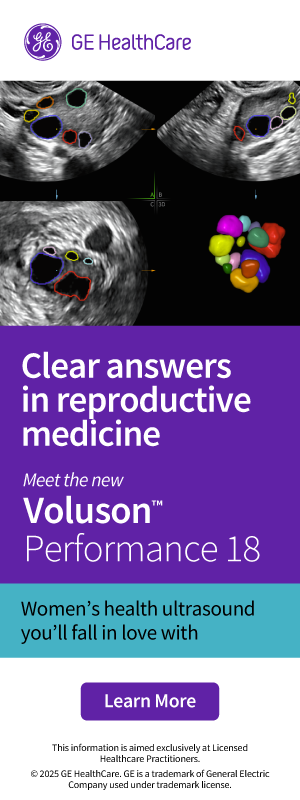My vulva, the horn, The Boat of Heaven…Rejoicing at her wondrous vulva, the young woman applauded herself.
– The Courtship of Inanna and Dumuzi (D Wolkenstein, Inanna, Harper and Row 1983)
As advocates for women’s health, and the dignity and care for all people with reproductive autonomy, it is a curious paradox within our field that one of the most fundamental structures remains cloaked in discomfort, stigma and misunderstanding.
The vulva is one of the oldest motifs in prehistoric art. The ancient Sumerians (6000 BCE – 1750 BCE) revered Inanna, goddess of love, war, and fertility, whose very essence embodied the vulva’s powerful symbolism: sensuality, pleasure, and “the promise of new life.” Similarly, Pre-Vedic India (3300 BCE – 1500 BCE) named the vulva ‘yoni’, positioning it as a profound cultural symbol of feminine principle and creation. Yet, despite public efforts to reclaim and destigmatise the vulva, public discourse has centred largely on vulvoplasty and cosmesis, as opposed to gynaecological health and sexual wellbeing.
“Fanny,” “lady bits,” “vajayjay,” “minge,” “down there,” “lady parts,” “coochie”– a cursory online search reveals countless vulval euphemisms, with one article listing 70! We speak freely of the uterus, placenta and ovaries—but how often do we name the vulva, clinically and confidently, as the essential physiological and anatomical site it is?
For most, the vulva exists at the margins of our attention. In this edition of O&G Magazine, we open a conversation long overdue. This is not simply a thematic choice; it is a call to action.
We examine how clinical knowledge gaps, research under-representation and barriers to accurate, affirming care leads to delayed diagnoses and management of conditions like lichen sclerosus, under-reporting of vulvodynia and widespread misinformation about what is “normal”. We are fortunate to feature contributions from specialists and advocates who explore diagnostic nuances, comprehensively outline vulval disorders (including in under-represented cohorts like children and postmenopausal women), discuss the rise of labiaplasty and share Kath Mazzella’s inspiring survivor’s journey. These insights underscore the importance of nuanced diagnosis over blanket prescribing and the need for dermatological literacy alongside empathy.
To reclaim the vulva is to prioritise visibility over vagueness, science over stigma and patient-centred care over cultural discomfort. Whether you are a trainee in vulval clinic, a midwife conducting a perineal exam, a specialist navigating rare dermatological diagnoses or a public health advocate striving to improve menstrual and sexual health education—there is something here for you.
The vulva deserves our clinical attention, our research curiosity, and, above all, our voice. To talk about the vulva is to talk about power, pain, pleasure, pathology, and personhood. We hope this edition of the O&G Magazine can help you gain confidence in raising your voice, deepen your knowledge, and continue the work of destigmatising, diagnosing, and delivering the care that every patient deserves.






Leave a Reply